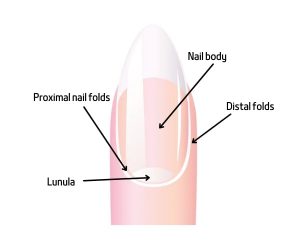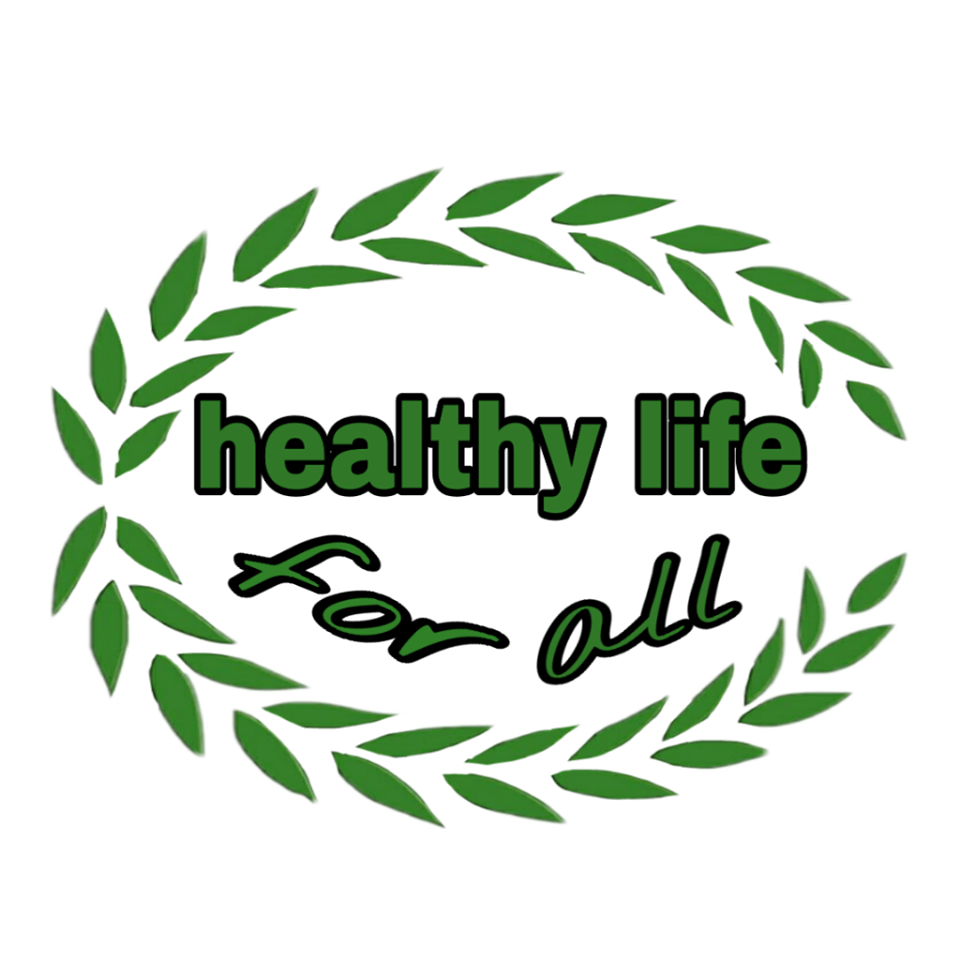Nail bed whitening is a nail care procedure that has quickly become popular in the nail industry. But what exactly is nail bed whitening? How does it work, and how can you make your nails white? These are all questions that we will answer in this blog post. So without further ado, let’s get started!
What is Nail Bed Whitening?
The nail bed is the area where it meets your nails. It consists of both skin cells and nail tissues, including the matrix, cuticle, eponychium (skin around the base), hyponychium (area between cuticles and proximal folds), and lunula.
The color is usually based on dermal melanocytes that affect the entire nail unit.
When this color changes, that means there’s something wrong with your nails, and it might be time to go see a podiatrist. Nail bed whitening is not considered an injury or deformity, but rather lesions on the skin of the fingers where they meet the white part of your nails, which makes them look whiter.
As of today, there are no studies that have proven nail bed whitening to be a disease or disorder. So, the best way of getting rid of this condition is by covering it up with some nail polish which will make your nails look better and less noticeable while also treating the problem underneath.
Causes of Nail Bed Whitening
Nail bed whitening can be attributed to various factors. Most of the time, it is caused by trauma and other injuries that result in a loss of blood flow, and this may lead to complications such as permanent damage or death.
Nails are composed of three main parts: the proximal nail fold, which extends from the eponychium to the hyponychium, the nail body, and the distal fold, which extends from the perionychium (the free edge) to where it joins with its proximal fold.
Nail bed whitening is most often caused by damage that affects these parts of your nails:
● Proximal nail folds – this part of the nail folds over the nail matrix, where new cells are formed. This is why it’s also called a “nail cap” or cuticle. If your proximal fold has been damaged, you will have some bleeding beneath this skin, and there can be a loss of blood flow to the area that leads to permanent damage and nail bed whitening.
● Nail body – this is the middle of your nails where it’s thinnest and more easily injured or damaged, resulting in bleeding beneath the skin on top of it, which may lead to permanent damage and nail bed whitening.
● Distal folds (perionychium) – if this part of your nails has been damaged, you may experience bleeding beneath the skin, which can lead to permanent damage.

What Are the Symptoms?
Nail bed whitening is often accompanied by other symptoms. The nails may start to lift away from the nail bed, appearing translucent or yellowed. If you have dark skin, your pinkish-red color will turn into a grayish tone. This can also happen in people with light skin tones who use chemotherapy drugs for cancer treatment, which is why it’s important to contact your doctor if you notice these symptoms.
How to Treat Nail Bed Whitening?
Nail bed whitening can be a sign of an underlying disease. Consult your doctor if you have this kind of appearance and seek medical advice since there might be something wrong with your health.
However, the good news is that it doesn’t always mean that you’re sick or unwell; sometimes, nail bed discoloration can also occur because of external factors. It can be caused by too much exposure to water, chemicals in nail polish removers, or even the ingredients of your favorite manicure products!
We go you covered with some treatments that are listed below:
1.Vitamin E
Vitamin E is a powerful antioxidant that can help your nails recover from any damage. It also has soothing effects, so it will relieve dryness and peeling caused by harmful chemicals in certain nail products.
Plus, Vitamin E oil could be an inexpensive solution for you if you want to keep your nails moisturized as well as white! Just apply it directly to your nails, and you’re ready to go!
2. Lemon Juice
Lemon juice is a natural whitener, so you can use it as an effective home remedy to make your nails whiter. It also contains acidic properties that will help take off layers of dead skin cells and restore the appearance of healthy-looking nails!
Apply lemon juice on your clean nails, let them dry for about 15 minutes, then rinse using warm water.

3. Baking Soda
Baking soda can also be used to make your nails whiter. It’s cheap and easy, so you may want to try this simple trick! Baking soda is alkaline, so it will get rid of stains on your nails while acting as a gentle exfoliator at the same time.
Just mix equal parts baking soda with water to form a paste. Apply the mixture on your nails and let it sit for about 15 minutes before rinsing with lukewarm water.
4. Apple Cider Vinegar
Apple cider vinegar is acidic, so it’s a great remedy to make your nails white. It will also remove dirt and oil from the skin around your nails while providing essential nutrients that promote nail growth!
Mix equal parts apple cider vinegar with water, then soak your fingers in for about 15 minutes before rinsing off with warm water.
5. Tea Tree Oil
Tea tree oil is rich in antioxidants, so it can help prevent nail bed discoloration. It also has medicinal properties that will treat the underlying cause of your condition!
Just apply a few drops on clean nails, then massage until completely absorbed. You may want to repeat this process every day for the best results!
You might also like:
Cinnamon for skin, fast and easy recipe for skin cleansing
lighten dark knees in a few days by easy natural ways
What are the Cosmetic Treatments?
There are various ways to make your nails white. However, if you want instant results, then the best option is for you to get professional treatment from a nail salon! If you can’t afford it or don’t have time to go out every now and then, there are still other alternatives that will give you similar effects without having to spend too much.
1. Gel Polish for Nail bed whitening
One of the most popular ways to make your nails white is through gel polishes, which are applied like regular nail polish but dry much faster and last longer! It can also help you strengthen your nails, especially if they’re weak or brittle.
2. Buffing Tool for Nail bed whitening
You can also use a buffing tool like an emery board or nail file to make your nails whiter. Just brush the surface of each nail in gentle, circular motions until its color is restored.
3. Nail Whitening Pen
If you want to make your nails really white, then a nail whitening pen is the best choice for you. It’s like an electric toothbrush that has bristles with fine pigments and powders in it! You just need to brush this tool over your nails until they’re completely coated with the desired color.
4. Porcelain Nails
A more permanent solution is to opt for porcelain nails. They won’t chip or break easily since they’re made of special materials that are also used in making teeth prosthetics! Porcelain nails are usually paired with acrylic powder, so it’s easy to customize the color you want. Just make sure your nail technician is highly-skilled and experienced in handling these types of nails!
5. Nail Art
You can also give your nails a unique, customized look through nail art. There are different types of designs that you can try, including dotting tools or stripers to create dots and lines on your nails. You may want to check out some tutorials online so you’ll have an idea about what kind of design would suit your personality the best.
10 Simple Tips to Keep Your Nails White Naturally
Follow these simple tips to keep your nails white in no time!
Tip #1: Protect your nails by wearing gloves when washing dishes or cleaning the house.
Tip #2: Use a gentle cleanser to wash your hands and nails every time you bathe! Make sure it’s mild enough for daily use since harsh chemicals can make nail bed discoloration worse, not better.
Tip #3: Apply whitening products like lemon juice, vinegar, or baking soda on your nails for about 15 minutes before washing off with warm water.
Tip #4: Apply vitamin E oil to moisturize and whiten the appearance of your nails! Just apply it all over clean nails, then massage gently until fully absorbed. You should do this every day if possible!
Tip #5: Cut down on smoking and drinking coffee since they can worsen nail bed discoloration.
Tip #6: Don’t use nail polish removers that contain acetone. They’re harsh, and they may peel off layers of your nails, causing further damage!
Tip #7: Eat more fruits and vegetables to nourish your body from within since it will help you get rid of the root cause of this condition.
Tip #8: Use a blow dryer to dry your nails as often as possible. This will prevent water from seeping into the nail bed and causing further discoloration!
Tip #9: Avoid household chemicals that can cause harmful effects on your nails.
Tip #10: Apply a lemon juice or baking soda paste on clean, dried nails, then rinse off after about 15 minutes! This will make your nails whiter without the need to spend money on costly whitening treatments!
Bonus Tip: Apply a thin layer of petroleum jelly or glycerin before putting on nail polish. It’ll help maintain the moisture balance in your nails and prevent discoloration from occurring after you’ve polished them. Plus, it acts as a barrier between your nails and the polish to prevent staining!
References
How to Brighten Discolored Nails
 healthy life for all healthy life for all
healthy life for all healthy life for all


